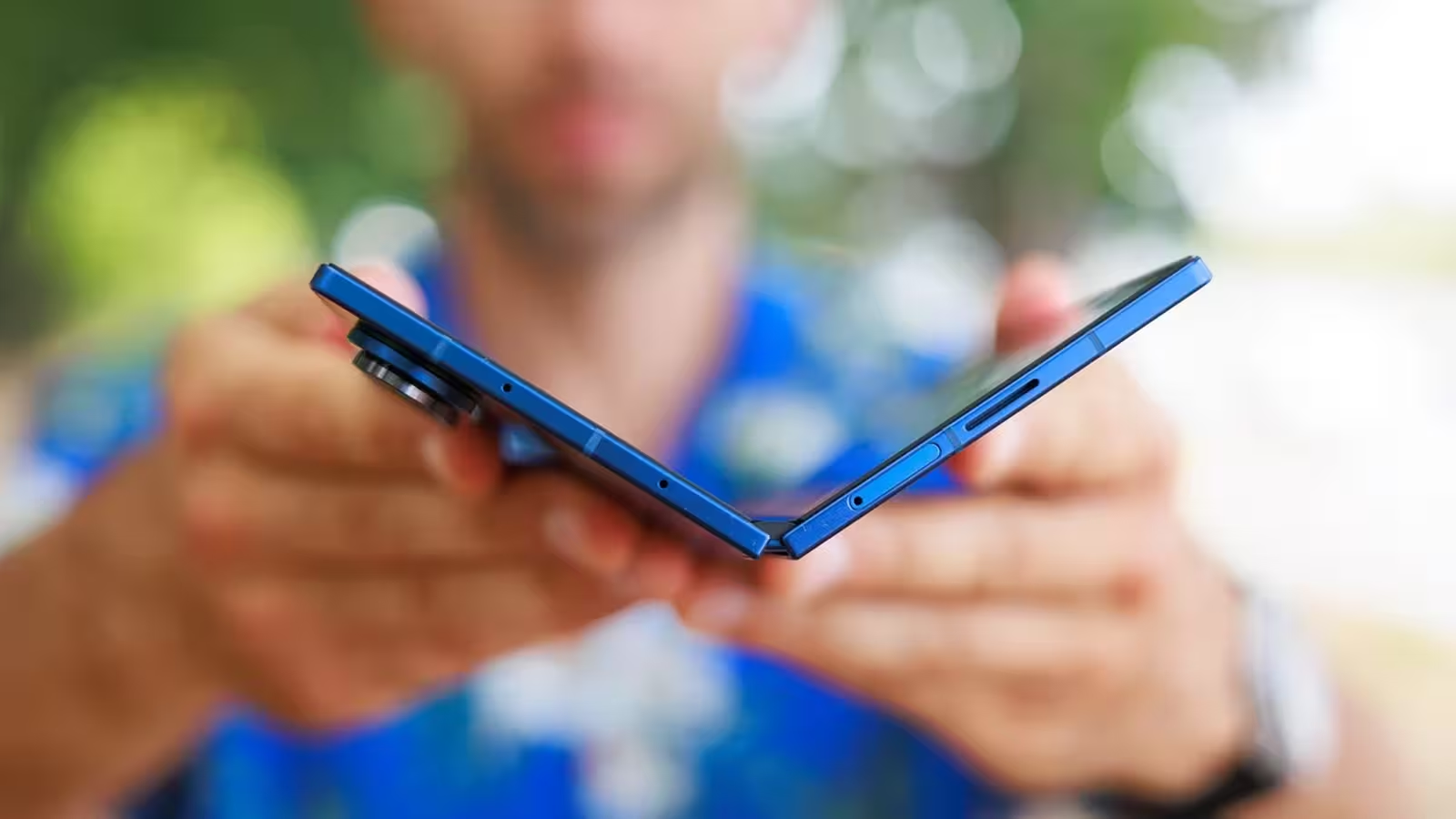4 Minutes
Apple Prepares to Enter the Foldable Smartphone Arena
Apple’s highly-anticipated debut in the foldable smartphone market is generating significant buzz, even though its official launch is likely over a year away. As industry insiders and analysts reveal new leaks and reports, one detail stands out: Apple’s first foldable iPhone may not wow users with its screen size.
Over the past several months, speculative reports about the device—often called the "iPhone Fold"—have been circulating in tech circles. While some early rumors suggested different display sizes, recent findings from respected market researchers like TrendForce have pointed toward a consensus that may disappoint Apple fans craving something revolutionary.
Comparing Foldable Screen Sizes: The Competition Is Strong
According to multiple sources, Apple’s inaugural foldable iPhone is likely to feature a 7.8-inch inner display and a 5.5-inch cover screen. When stacked against leading rivals, these numbers are noticeably less impressive. For instance, Samsung’s much-lauded Galaxy Z Fold 7 boasts an expansive 8-inch main display and a 6.5-inch external screen. Even the Google Pixel 9 Pro Fold and the OnePlus Open deliver larger or comparable primary screens while providing more substantial secondary displays.
For consumers interested in multitasking, entertainment, or productivity on the go, display size plays a crucial role. In this context, Apple’s foldable iPhone may fall short of expectations, offering less screen real estate than its established competitors.
Are the Smaller Screen Sizes a Deal-Breaker?
Apple’s choice of display size will likely be seen as a notable drawback, particularly when compared to Samsung, Huawei, and OnePlus, whose foldables are setting industry standards. In fact, some reports paint an even less optimistic picture, suggesting that the main display could shrink further, down to 7.58 inches.
However, Apple is known for prioritizing user experience and design innovation over pure technical specs. The foldable iPhone is rumored to compensate with advantages in other key areas—such as battery capacity, long-term durability, and, perhaps most impressively, a crease-free, seamless display. If Apple can deliver a flawless folding mechanism and premium build quality, the company could set itself apart despite smaller dimensions.

Potential Advantages and Use Cases for Apple’s Foldable
Although initial reactions may focus on lackluster screen dimensions, Apple could redefine the user experience for foldables. Reports suggest that the device could offer:
- Superior battery endurance to outlast competitors
- Enhanced durability, addressing common complaints about foldables
- A sophisticated, crease-free display for uninterrupted viewing
- Deep integration with the Apple ecosystem, bringing new versatility to work and entertainment
If Apple succeeds in these areas, the device could appeal to professionals and creatives seeking new ways to multitask or harness productivity on the move.
Is Apple Positioned to Spark an Industry Breakthrough?
The global foldable smartphone market eagerly awaits a breakthrough moment. Despite waves of innovation, foldables remain a niche segment—analysts forecast just 19.8 million units shipped in 2025, barely crossing a 1.6% penetration rate. That means only about one in every 60 smartphones sold will be foldable next year.
Major brands such as Samsung, Huawei, Honor, and Motorola dominate the sector but are seeing shifting market shares. Samsung, for example, is set to cede some of its leading position, dropping from 45.2% in 2024 to 35.4%. Huawei is closing in with a stable 34.3%, while Honor and Motorola make incremental gains yet remain distant from contending for the top two spots.
With such a landscape, Apple’s entrance could inject much-needed energy into the market. However, the high premium expected—rumored to top $2,000—means mainstream adoption is anything but assured.
Final Thoughts: Apple’s Foldable Ambitions Face High Stakes
While Apple’s first foldable iPhone may not surpass its rivals in terms of screen size, it could leverage the company’s strengths in ecosystem integration, product design, and brand loyalty to win over consumers. If the innovation lives up to the hype—delivering a durable, beautiful, and highly functional foldable mobile device—Apple could reframe the conversation and spark new interest in this underperforming market.
Tech enthusiasts are watching closely: will Apple transform the foldable smartphone category in 2026, or will concerns over compact screens and steep prices limit its appeal? Only time will tell, but one thing is certain—the stage is set for a dramatic showdown in foldable technology.
Source: phonearena



Comments